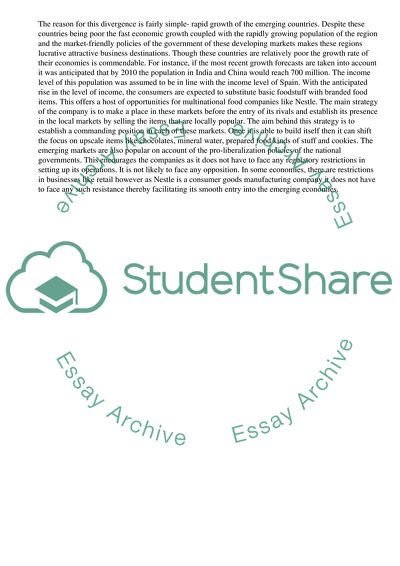Cite this document
(Growth Efforts of Nestle Case Study Example | Topics and Well Written Essays - 3000 words, n.d.)
Growth Efforts of Nestle Case Study Example | Topics and Well Written Essays - 3000 words. Retrieved from https://studentshare.org/business/1749977-business-synoptic-analysis-of-nestle
Growth Efforts of Nestle Case Study Example | Topics and Well Written Essays - 3000 words. Retrieved from https://studentshare.org/business/1749977-business-synoptic-analysis-of-nestle
(Growth Efforts of Nestle Case Study Example | Topics and Well Written Essays - 3000 Words)
Growth Efforts of Nestle Case Study Example | Topics and Well Written Essays - 3000 Words. https://studentshare.org/business/1749977-business-synoptic-analysis-of-nestle.
Growth Efforts of Nestle Case Study Example | Topics and Well Written Essays - 3000 Words. https://studentshare.org/business/1749977-business-synoptic-analysis-of-nestle.
“Growth Efforts of Nestle Case Study Example | Topics and Well Written Essays - 3000 Words”, n.d. https://studentshare.org/business/1749977-business-synoptic-analysis-of-nestle.


